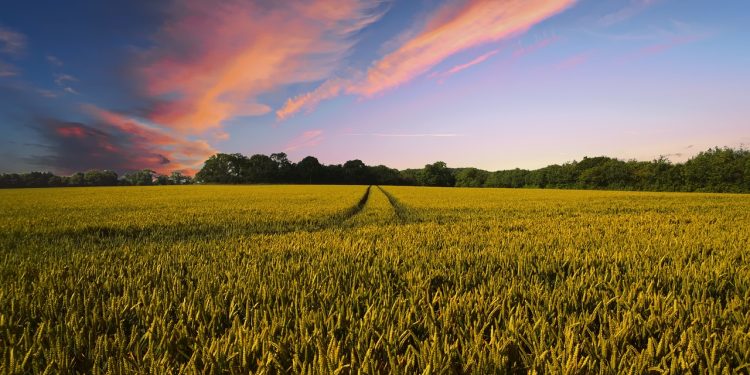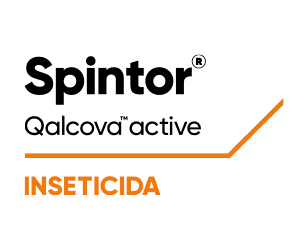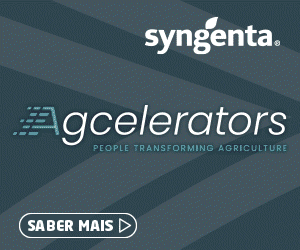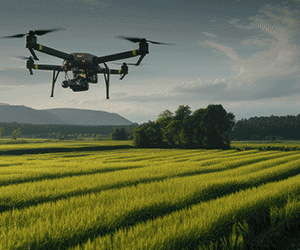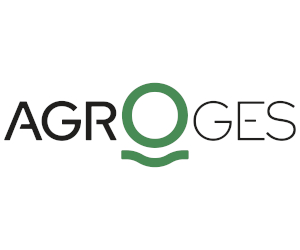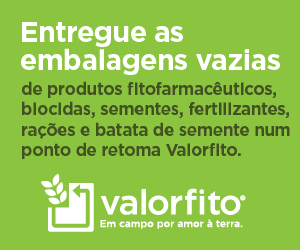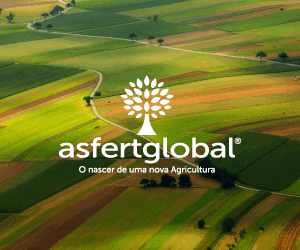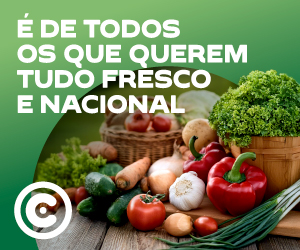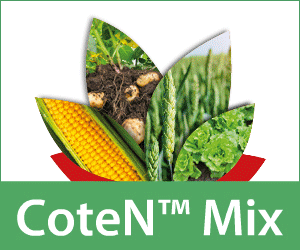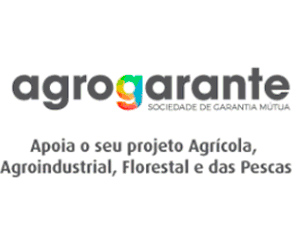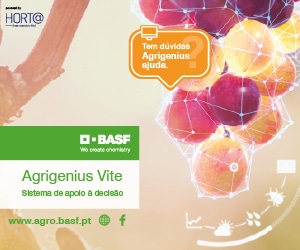We are pleased to welcome this guest post by Pieter Zwaan. Dr. Pieter Zwaan is a Senior Research Fellow at the EU & Global Affairs Unit of the Clingendael Institute and an Assistant Professor Public Administration at the Radboud University. He is specialised in EU agriculture and food policies.
The cross-compliance regime of the Common Agricultural Policy (CAP) specifies several conditionality rules that farmers must follow to be eligible to receive EU funding, including the so-called direct (or basic income support) payments. These payments account for 20-25% of the total EU budget. The conditionality rules include so-called Statutory Management Requirements (SMRs), based on EU legislation (e.g. Nitrates, Natura 2000 and Animal Welfare Directives) and several Good Agricultural and Environmental Practices (GAECs), which are part of the CAP. Being linked to direct payments that most European farmers receive, the GEACs are considered an important instrument to move EU agriculture in a more sustainable direction.
The 2023 CAP reform enhanced the ambitions of the GAECs by updating their requirements and adding one new GAEC for wetlands and peatlands (GAEC 2). The exact implementation of the GAECs is decided upon by the Member States via their National Strategic Plans (NSPs), based on their specific needs. Soon after approving the new and updated GAECs, the EU institutions decided, however, to relax several of them by introducing exemptions – initially in July 2022, after the Russian invasion of Ukraine, and more recently, after the farmers’ protests early 2024.
Several observers of the CAP have suggested that the exemptions to the GAECs will remain and could form the starting point for discussions during the next CAP reform about the basic conditions farmers must meet to receive direct payments. Keeping the exemptions seems in line with ideas to (better) reward farmers for voluntary ecosystem services instead of making these services a condition for receiving direct payments. Considering the above, it becomes a relevant question to what extent these exemptions are supported by the Member States and to analyse in what way they will be implemented.1
In this post, I examine to what extent Member States used the exemptions offered. Because many mandatory requirements became voluntary, Member States had to decide which requirements they would keep in their NSPs and which they would loosen. Based on data collected via a network of think tanks including from Denmark, France, Germany, Netherlands, Poland and Spain,2 I present what changes these respective Member States made in their NSPs for 2025. The analysis this post presents is based on information gathered by the think tanks, often via accessing national policy documents; it is not based on amendments to their NSP that have been officially reported to the Commission.3
Several observers of the CAP have suggested that the exemptions to the GAECs will remain and could form the starting point for discussions during the next CAP reform about the basic conditions farmers must meet to receive direct payments. Keeping the exemptions seems in line with ideas to (better) reward farmers for voluntary ecosystem services instead of making these services a condition for receiving direct payments. Considering the above, it becomes a relevant question to what extent these exemptions are supported by the Member States and to analyse in what way they will be implemented.
Enhanced conditionality
The enhanced conditionality regime of the 2023 CAP reform introduced 9 GAECs. These are detailed in Annex III of the Strategic Plans Regulation (EU) 2021/2115. The basic requirements of six GAECs – prior to the introduction of several exemptions – are summarised in Table 1. The various GAECs listed in Table 1 were “dismantled” since the adoption of the latest CAP reform and this post will analyse them.
|
GAEC 1 Permanent (Objective:
|
Obligation to This ratio may
|
|
GAEC 5 Soil erosion (Objective:
|
Provisions on
|
|
GAEC 6 Minimum Soil (Objective:
|
Obligation to Crops growing
|
|
GAEC 7 Crop rotation (Objective:
|
Obligation to
|
|
GAEC 8 Non-productive (Objective: biodiversity) |
Obligation to GAEC 8.1 A minimum GAEC 8.2 Obligation to Optional measures
|
|
GAEC 9 Environmentally (Objective: biodiversity)
|
Ban on
|
Table 1: Basic requirements of GAEC 1, 5-9 of the CAP, before the introduction of exemption
While setting out the general scope of the requirements and the ecological objectives they contribute to (climate change, water & soil or biodiversity), the requirements of the GAECs provide much discretion for Member States to implement them. Most GAECs already allow for different options and provide different exemptions and derogations, as well as additional measures that can be adopted by the Member States. In their NSPs, Member States must specify and justify what choices they make in implementing the GAECs. These implementation choices clearly influence the effectiveness of the GAECs.
The implementation of the GAECs has been summarised in several reports (see here or here) by the Commission in 2023, based on the Strategic Plans that were approved in 2022 by the Commission and had to be implemented on 1 January 2023. Based on this information, the European Court of Auditors recently concluded that the potential benefit for the environment and the climate of the GAECs is not fully exploited by Member States due to the great use of exemptions and derogations that the GAEC provide.
Exemptions
As discussed, the possibilities to use exemptions have been further expanded over the last couple of years. In July 2022, the European Commission published an Implementing Act – based on Article 148 of the Strategic Plans Regulation that allows for doing so in the case of extraordinary circumstances – which made it possible for Member States to derogate from two GAECs in 2023. This was done following the Russian invasion of Ukraine in February 2022. The Implementing Act relaxed the requirements on crop rotation (GAEC 7) and the maintenance of non-productive areas (GAEC 8.1). Concerns over food security were presented as the main reason for that decision.
While several Member States immediately called for an extension of these exemptions beyond 2023, – described in a different contribution to this blog – and GEAC 8 was already slightly eased in early February 20244, the various farm protests at the beginning of that year led to the further dismantling of the GAECs. This time a new Regulation had to be adopted by the Council and European Parliament. Natash Foote has provided a detailed analysis of the process that led to these changes.
The so-called Simplification Regulation (EU) 2024/1468, which came into force in May 2024, lists the exemptions introduced for six GAECs (Table 2 summarises the main changes). The Regulation also includes a general provision that allows Member States to take temporary and targeted derogations from certain requirements. It also exempts small farmers with less than 10 hectares of agricultural areas from conditionality controls and penalties.
|
Before Simplification |
After Simplification |
|
|
GAEC 1 Permanent grassland |
Preservation of permanent grassland in |
Option to grant specific exemptions where |
|
GAEC 5 Soil erosion |
Provisions on tillage management, |
Option to grant specific exemptions where |
|
GAEC 6 Minimum soil cover |
Minimum soil cover to avoid bare soil in most |
The minimum soil cover and periods will be |
|
GAEC 7 Crop rotation |
Crop rotation in arable land, except for |
MS may decide to allow farmers and other |
|
GAEC 8 Non-productive areas/landscape |
Minimum share (4%) of agricultural area |
The obligation to devote a minimum share |
|
GAEC 9 Environmentally sensitive grasslands
|
Ban on mowing sensitive grasslands in |
This shall be determined by the MS, |
Table 2: Changes to the GAEC introduced by the Simplification Regulation (EU) 2024/1468
Implementation of exemptions
Over the last couple of months, Member States have presented the amendments and changes they want to make to their NSPs for 2025 based on the Simplification Regulation. Table 3 presents these changes for six Member States.
|
GAEC |
After derogations |
Netherlands |
Germany |
Denmark |
Spain |
France |
Poland |
|
|
1 |
Permanent |
MS allowed to grant |
|
Simplified authorisation procedure to |
|
|
Modification of the reference ratio (so |
|
|
5 |
Soil erosion |
MS allowed to grant specific |
|
Exemption for organic farmers and |
|
Exemption for farms below 1ha, those with |
|
|
|
6 |
Minimum soil cover |
This shall be |
Farmers are exempted from covering their |
Fixed start date for soil cover period is |
The periods have been modified to align |
Shallow tillage is allowed for herbaceous |
|
The period of minimal soil cover was shortened. |
|
7 |
Crop rotation |
Member states may |
|
Two different main crops have to be |
|
Crop rotation has to take place every |
Member states may decide to allow farmers |
Farmers can choose between crop rotation Crop rotation – the new regulations |
|
8 |
Non-productive |
The obligation to |
Farmers are exempted from having |
Farmers are exempted from having |
|
Farmers are exempted from having |
Farmers are exempted from having |
Farmers are exempted from having |
|
9 |
Environmentally |
This shall be |
The ban will be partly removed, but only |
|
|
|
Added exemptions to the ban in certain situations. |
|
Table 3. Changes implemented for GAEC standards in six Member States
Table 3 first shows that the six Member States did not make use of all exemptions. Several boxes in the table remain blank, especially those for GAEC 1, 5 and 9. Member States, hence, eschewed making use of these exemptions. This seems to indicate that the GAECs as formulated in the Strategic Plans Regulation are generally accepted as minimum requirements or considered normal practices.
Greater use is being made of exemptions provided for GAEC 6, 7, 8. These are also the GAECs that have been enhanced since the latest CAP reform, while the direct payments have decreased. With regards to GAEC 6 (minimum soil cover), Member States decided to maintain some form of soil cover, although they use greater flexibility to determine the critical periods for which this is done. An exemption is the Netherlands, where the requirement to cover soil during certain periods has been completely removed. Regarding crop rotation (GAEC 7), which has already been implemented very differently due to limited guidance, we find that several Member States still maintain some form of rotation. However, in most cases, the crop rotation cycle has been shortened by one year. Denmark and the Netherlands did not make use of this exemption. So far, we can conclude that Member States did not routinely make use of all new exemptions provided.
The situation is different for GAEC 8, where most Member States decided to exploit the exemptions. Of the six Member States, only Denmark decided to maintain the requirement to have a minimal share of non-productive land as a basic condition. Keeping this requirement resulted from the fact that the Strategic Plan (including the GAECs) was part of a broad National Political Agreement on Agriculture concluded in 2021. As observed in a report by CONCITO, this has reduced the risk of backsliding. The fact that other Member States use the exemption for this GAEC indicates weak support for keeping land fallow in those countries – at least on a mandatory basis. Instead, they replaced the obligation to maintain a minimum share of non-productive land with a voluntary eco-scheme.
In the Netherlands and Germany no baseline nor minimum share of non-productive land is set for participation this eco-scheme. France, however, decided to keep its existing eco-scheme for non-productive areas, which requires at least 4% of land remain non-productive land, in line with the provisions of GAEC 8.
Conclusion
Based on this analysis, we can conclude that the expectation – namely, that the exemptions to the enhanced GAECs will become a new baseline for future CAP discussions – remains justified for now. While this brief analysis shows that the basis requirements may not be lowered as much as possible under the Simplification Regulation, several enhanced conditionalities introduced during the latest reform are in practice diminished. This is especially evident for those measures that offer significant positive impact on the environment but are considered difficult to comply with and negatively affect farmers’ incomes, such as GAEC 8.5 The great use of the exemptions to GAEC 8, in fact, foreshadows the direction for a future CAP as set out by the Council Conclusions on a farmer-focused post 2027 Common Agricultural Policy, which states that (voluntary) eco-schemes should become the CAP’s main green transition tool.
It remains to be seen to what extent farmers will participate in these voluntary eco-schemes and what impact this will have. In the end, it could be that a reward-based approach leads to an increased participation in eco-schemes. To what extent this should then also be seen as a successful approach for a future CAP depends on whether society wants farmers to meet ecologically responsible practices and whether it is willing to pay for this.
Footnotes
- Earlier, several GAECs that were included in the old CAP had been relaxed as well. ↩︎
- Names of the think tanks here: CONCITO (Denmark), Agora Agrar (Germany), IDDRI (France), Clingendael Institute (Netherlands), Green Economy Institute (IGZ, Poland) and ALINNEA (Spain). ↩︎
- In interpreting and analysing the data, the contributions of the thinktanks were also of great help. ↩︎
- Implementing Regulation 2024/587 eased GAEC 8 by allowing for the use of nitrogen-fixing crops and catch crops on a temporary one-year basis, justified on income grounds. ↩︎
- Herve Guyomard, Cécile Détang-Dessendre, Pierre Dupraz, Luc Delaby, Christian Huyghe, Jean-Louis Peyraud, Xavier Reboud & Clélia Sirami, “How the Green Architecture of the 2023–2027 Common Agricultural Policy could have been greener,” Ambio 52 (2023): 1327–38. ↩︎
This post was written by Pieter Zwan.
O artigo foi publicado originalmente em CAP Reform.





















